The British Wildlife Collection is a series of beautifully presented books on all aspects of British natural history. Since the series began in 2012, it has covered such diverse topics as mushrooms, meadows and mountain flowers, and books have been written by some of Britain’s finest writers and experts in their field. Filled with beautiful images, these wide-ranging and well-researched titles are a joy for any naturalist who is passionate about British wildlife and landscapes.
 Katy Roper is a Senior Commissioning Editor at Bloomsbury Publishing and is responsible for the British Wildlife Collection. She recently took some time to chat with us about this excellent series; how it began, what makes it stand out from others of its kind and what we can expect from the collection over the next year. Keep reading for the full conversation with Katy, and browse the full British Wildlife Collection at nhbs.com.
Katy Roper is a Senior Commissioning Editor at Bloomsbury Publishing and is responsible for the British Wildlife Collection. She recently took some time to chat with us about this excellent series; how it began, what makes it stand out from others of its kind and what we can expect from the collection over the next year. Keep reading for the full conversation with Katy, and browse the full British Wildlife Collection at nhbs.com.
Firstly, could you tell us a little bit about yourself; what you do and what your involvement is with the British Wildlife Collection?
I’m a Senior Commissioning Editor in the wildlife team at Bloomsbury Publishing. The British Wildlife Collection is one of the lists I’m lucky enough to look after; I’m responsible for signing up new books with authors and then seeing them through to the point at which they go off to the printer. Being immersed in these books means that I’m always learning something new: from the surprising fact that saltmarsh occurs as far inland as Staffordshire, through to how to successfully use a pooter to collect ants (without inhaling live insects!).
 Published in 2012, the first title in the series was Mushrooms by Peter Marren. Could you tell us more about how the British Wildlife Collection initially came about?
Published in 2012, the first title in the series was Mushrooms by Peter Marren. Could you tell us more about how the British Wildlife Collection initially came about?
Yes, the series was conceived by Andrew Branson who founded and, for 25 years, ran the publication of the excellent British Wildlife magazine. I believe that Andrew’s intention was to produce a series of seminal books that would capture the essence of the magazine in terms of being informative, well-written and thought-provoking whilst providing the author the space to explore their chosen subject in detail and develop the overall narrative.
For anyone unfamiliar with the books from this collection, how would you describe them and who do you consider to be their intended audience?
The series covers all aspects of British natural history and we encourage our authors to cover elements of ecology, history, management, conservation and culture; in other words, to explore the human relationship with their particular subject. The books are written in a way that we hope appeals to a wide readership, from academics and conservation professionals through to enthusiastic amateur naturalists and people who simply want to know more about the British countryside and its inhabitants.
All the books in the series are incredibly well-researched and comprehensive. How long does it typically take to go from conception to publication for a single title?
It varies depending on the author and their other commitments, but I’d say it typically takes around three years from the date the contract is signed until the book hits the shelves. I think our record for the shortest time is 13 months (I won’t tell you the longest!).
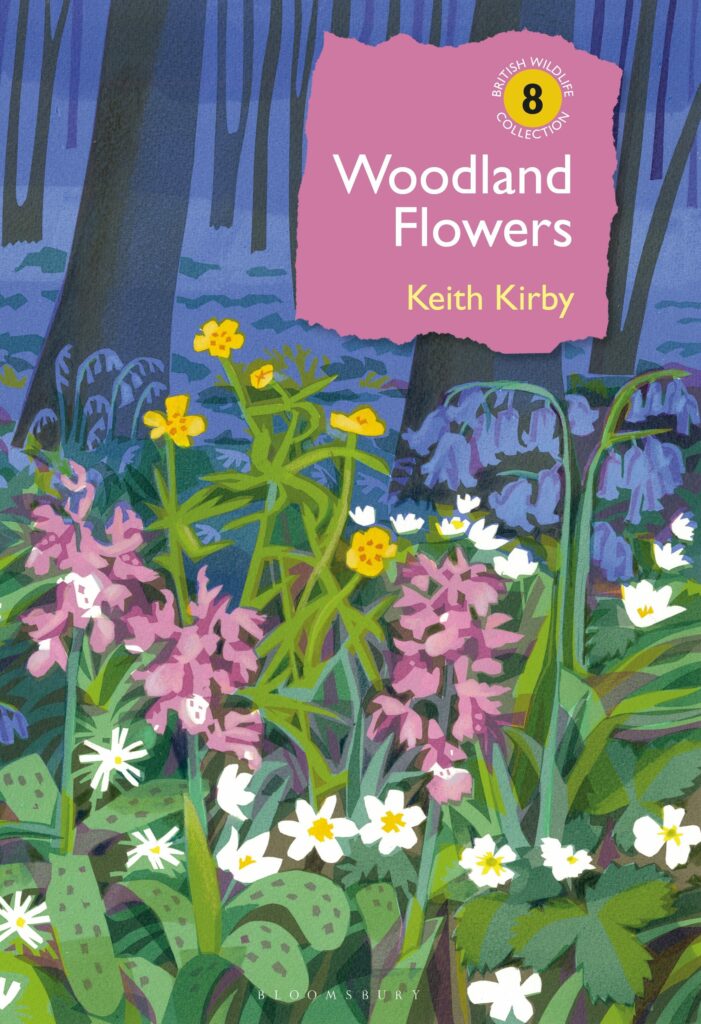 The books are beautifully produced and printed and, without exception, are authored by the most well-respected experts in their field. It is no surprise that they have rapidly become collectors’ items for so many British naturalists. What do you think makes these monographs stand out from others of their type?
The books are beautifully produced and printed and, without exception, are authored by the most well-respected experts in their field. It is no surprise that they have rapidly become collectors’ items for so many British naturalists. What do you think makes these monographs stand out from others of their type?
The series is relatively new and is still evolving, but our ultimate aim is to build an indispensable reference source on all aspects of our wildlife by commissioning some of our finest writers and leading experts to write accessible and engaging books that are then carefully designed to incorporate hundreds of carefully chosen photographs and illustrations to bring the text to life. We hope that our readers come away from them, as one reviewer put it, ‘better-informed than ever, but also hugely entertained’. Oh, and they each feature a beautiful specially commissioned cover artwork by the peerless Carry Akroyd.
Finally, are you able to give us any information as to what subjects we can expect to be covered in the next year or so, or is this a closely guarded secret?
Hedges by Robert Wolton is coming out in February this year, and beyond that we’re excited to be welcoming Peter Marren back to the series with a book entitled Rare Plants. He’ll be followed by Trevor Dines with Urban Plants and David Goode with Bogs.
All books in the British Wildlife Collection are available from nhbs.com. Please contact our customer services team if you would like to set up a standing order for this series – this will ensure that you automatically receive each new title as soon as it is published.


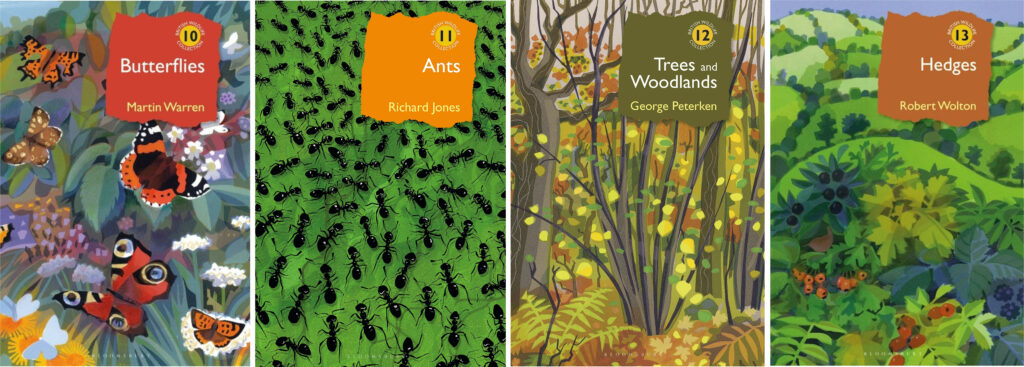
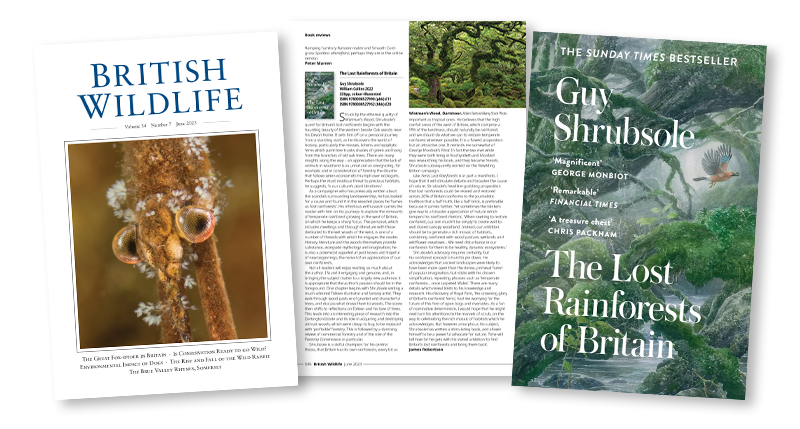
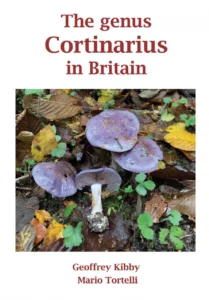
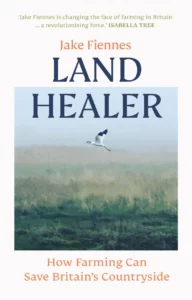
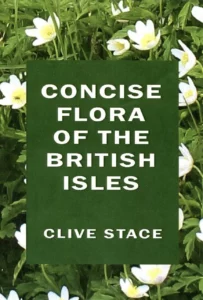
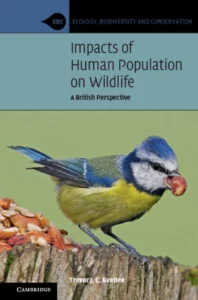
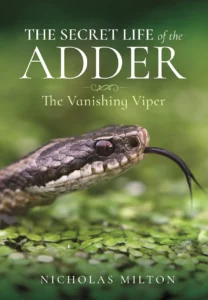
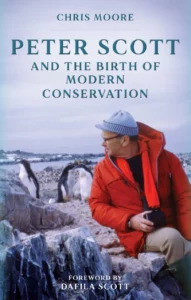
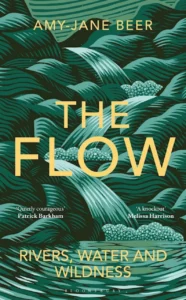
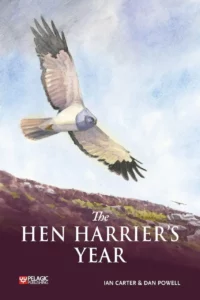
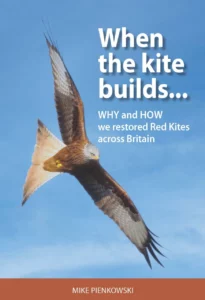
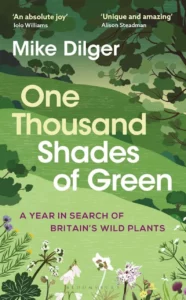
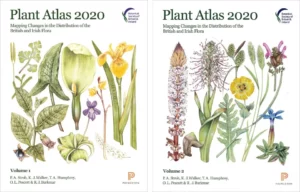
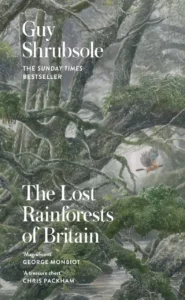
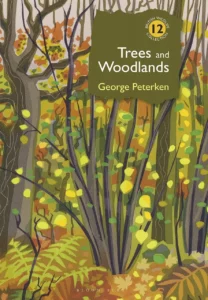
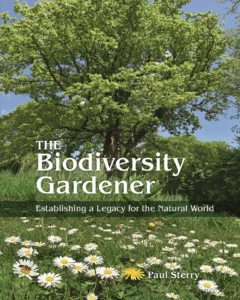
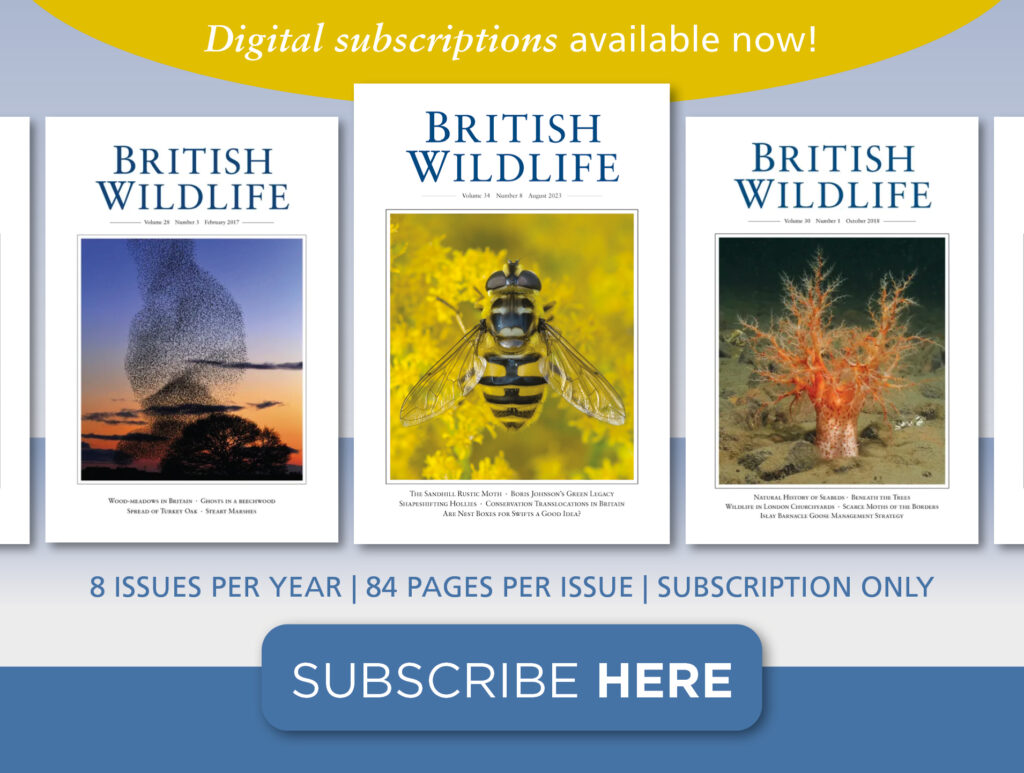
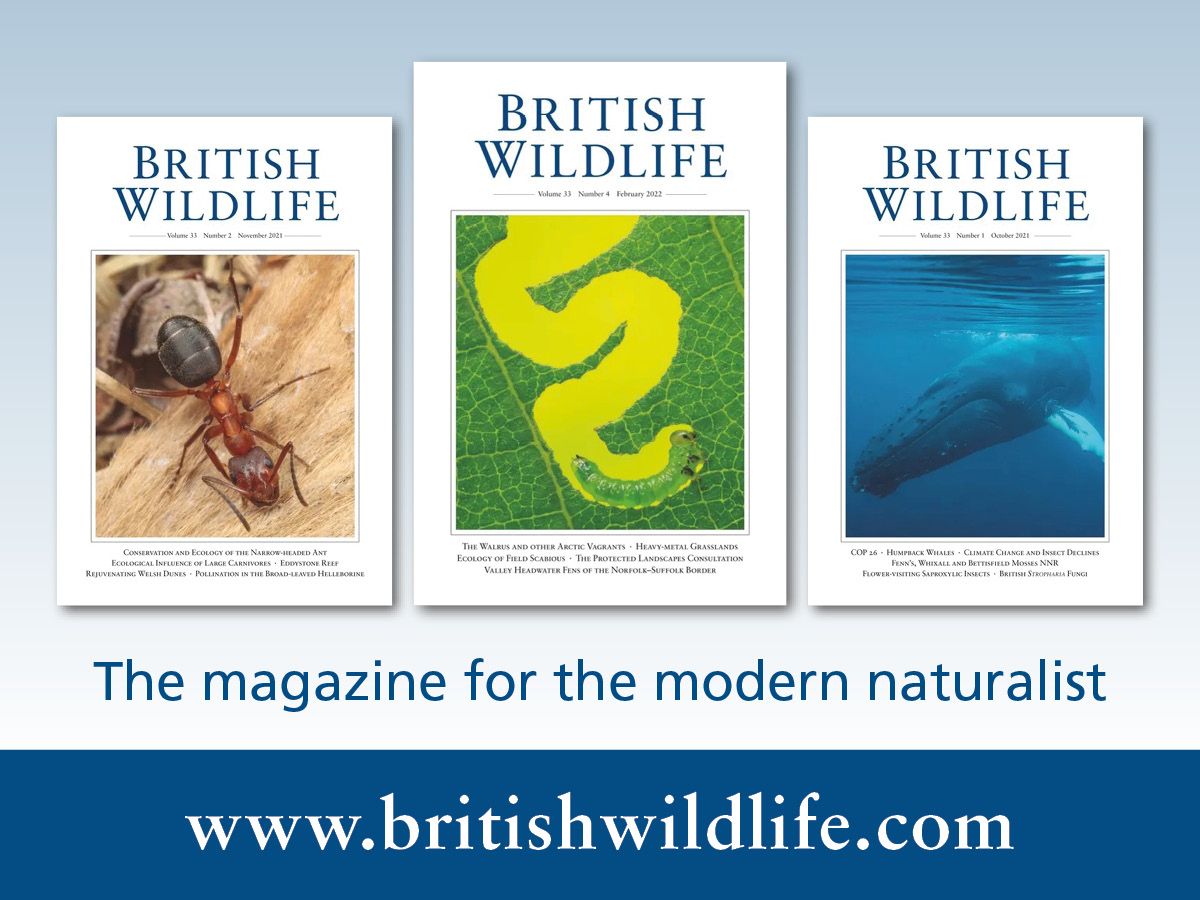
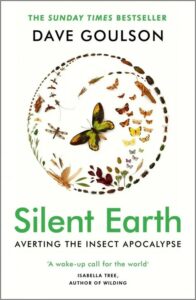
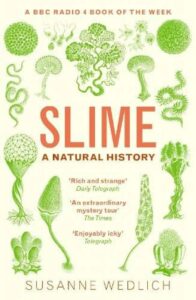
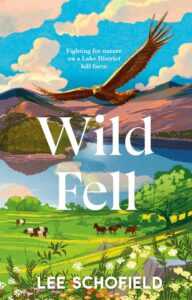
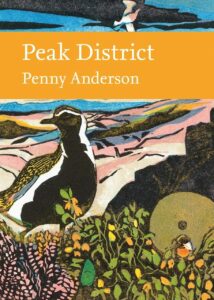
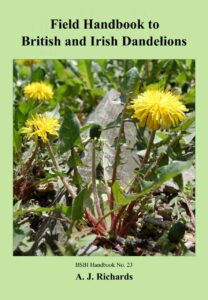
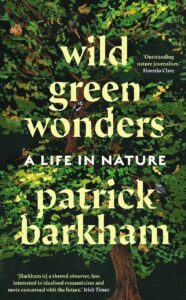
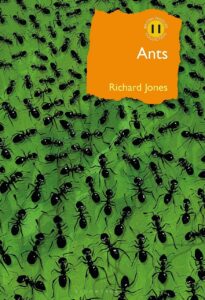
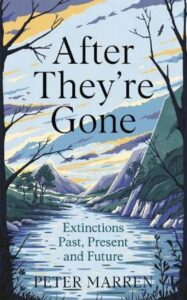
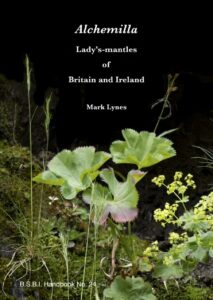
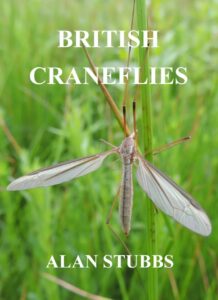
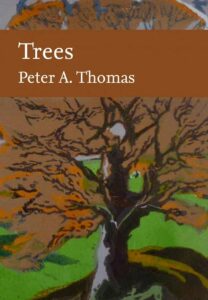
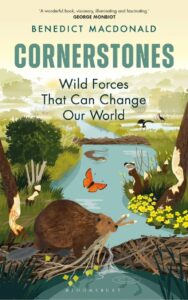
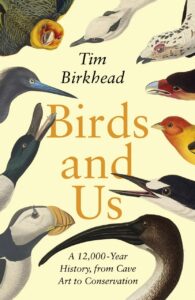
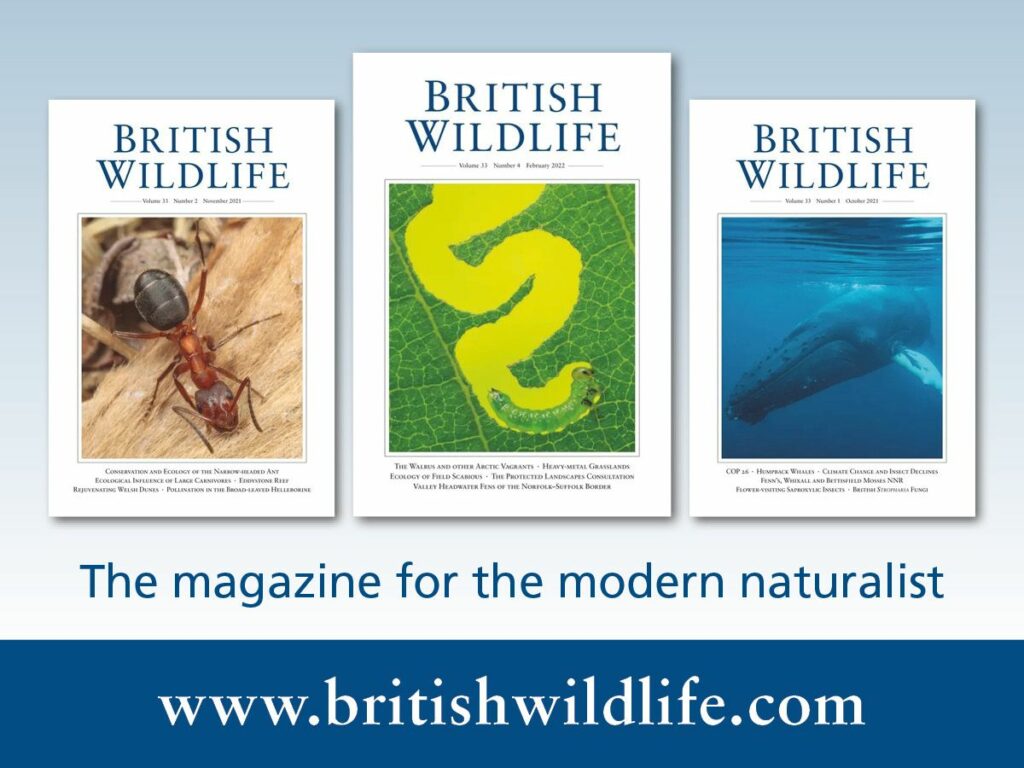
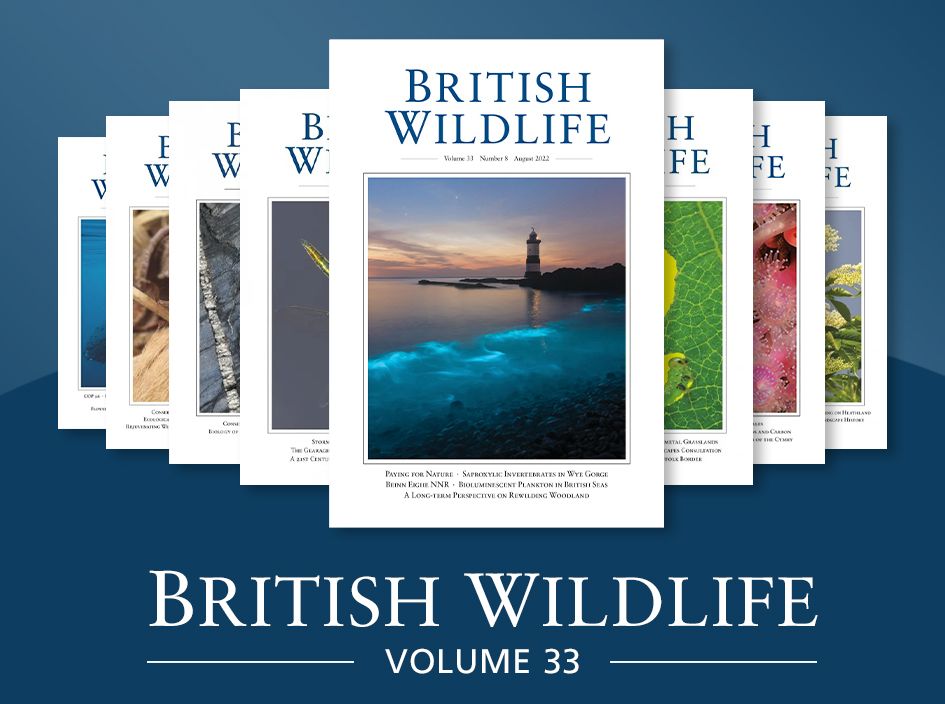
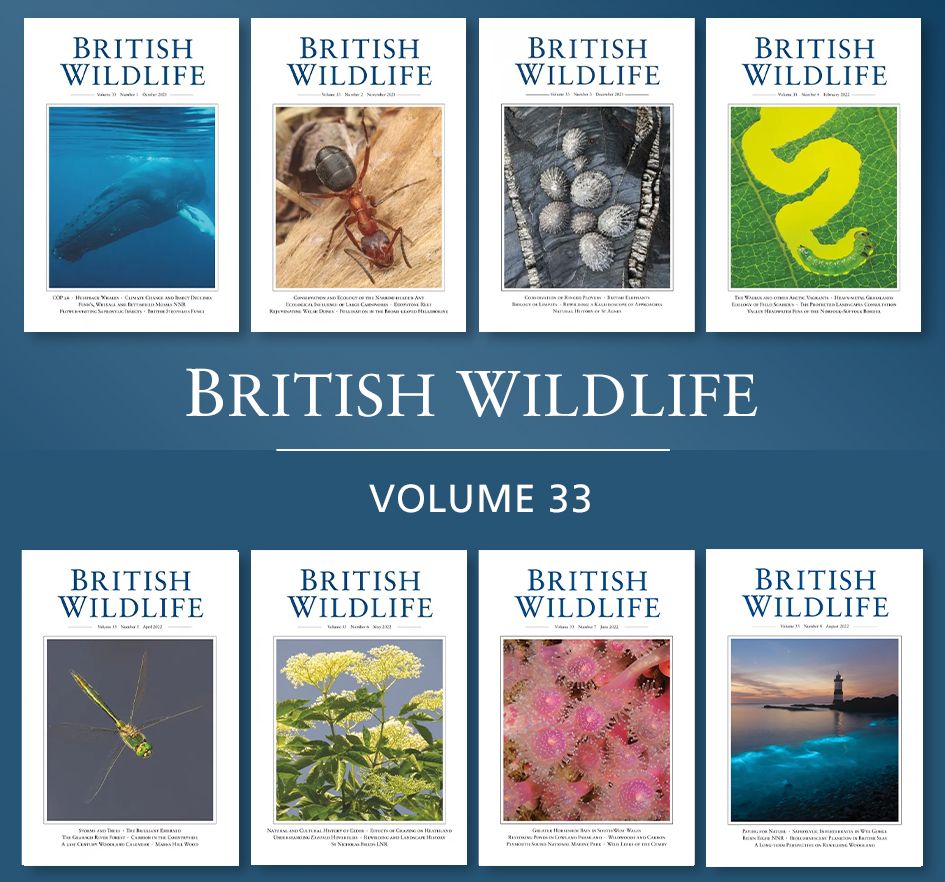
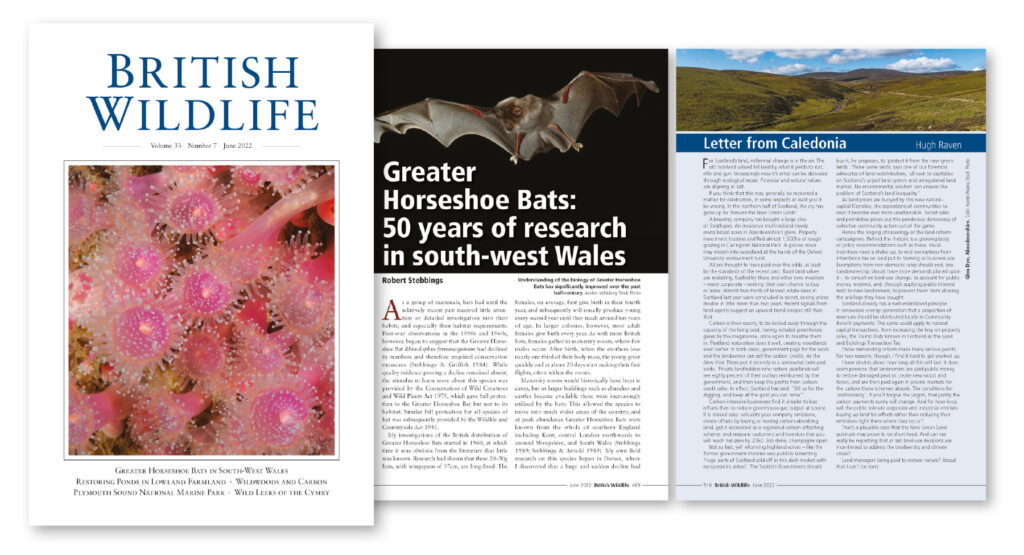
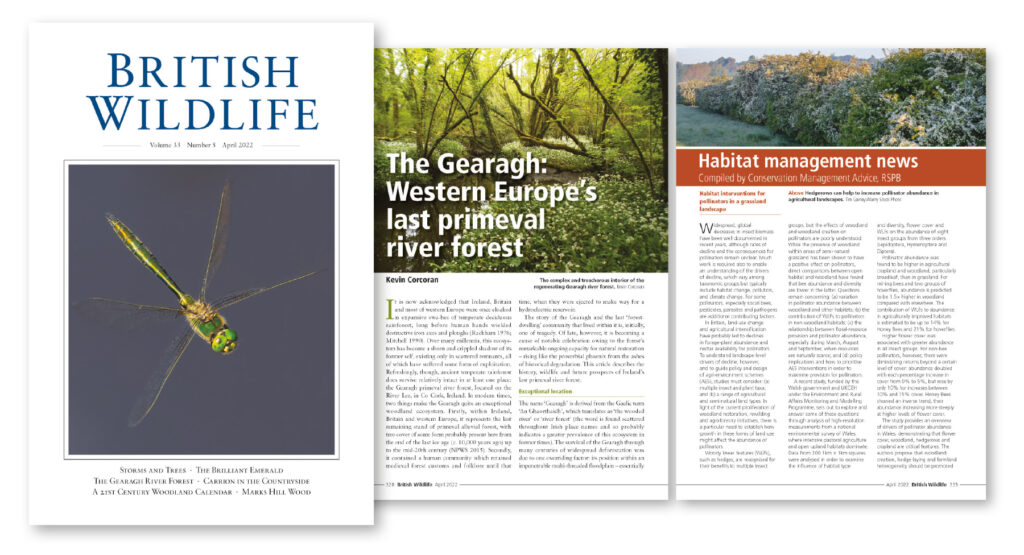
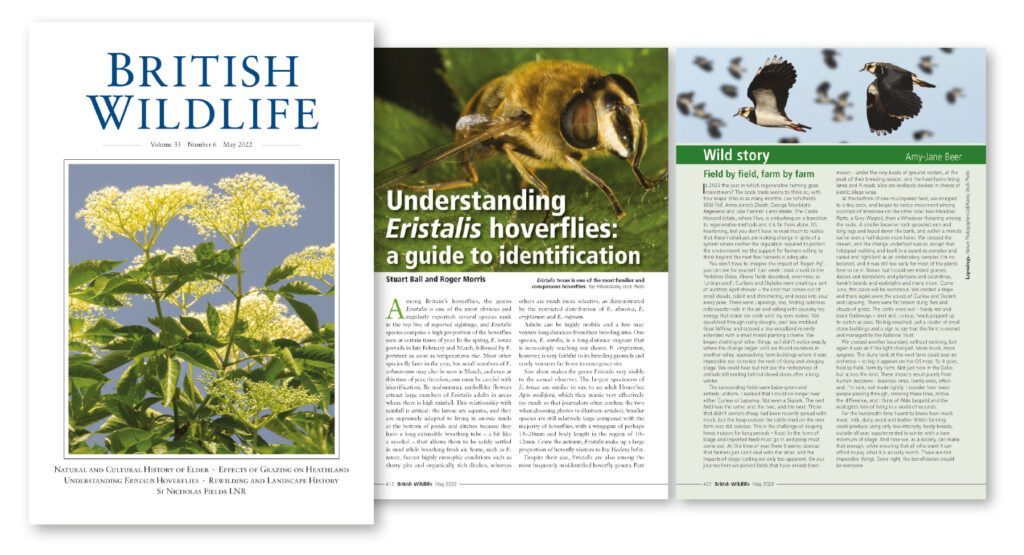
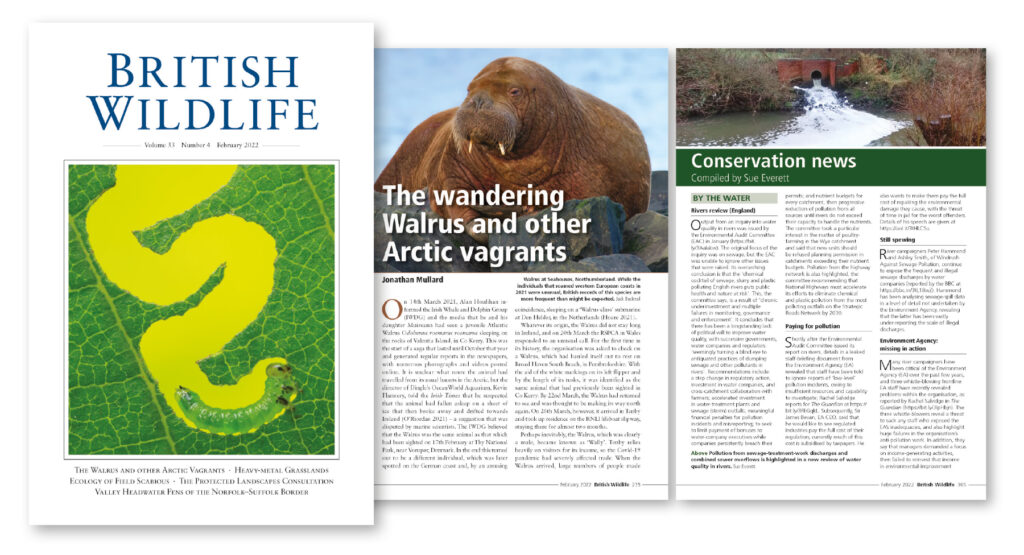
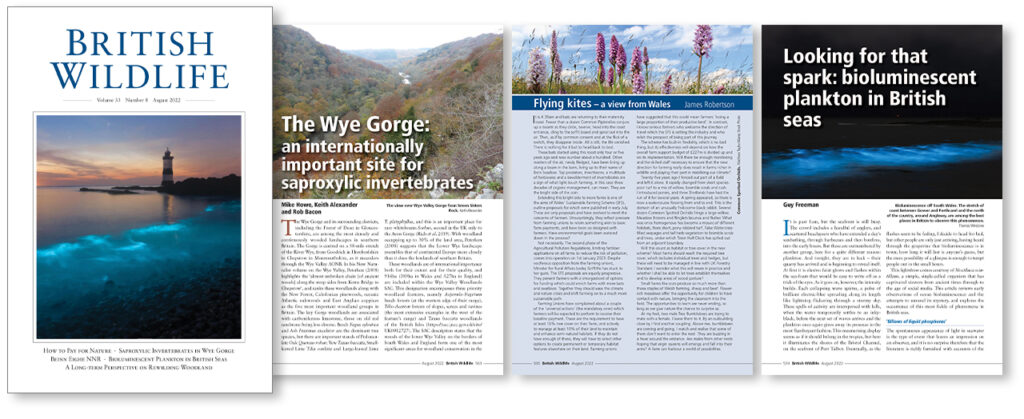
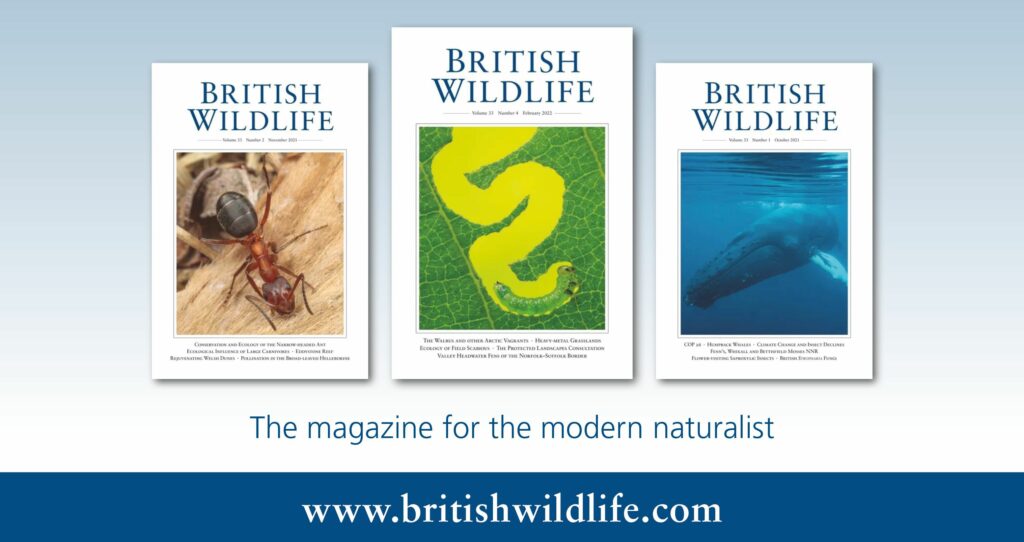
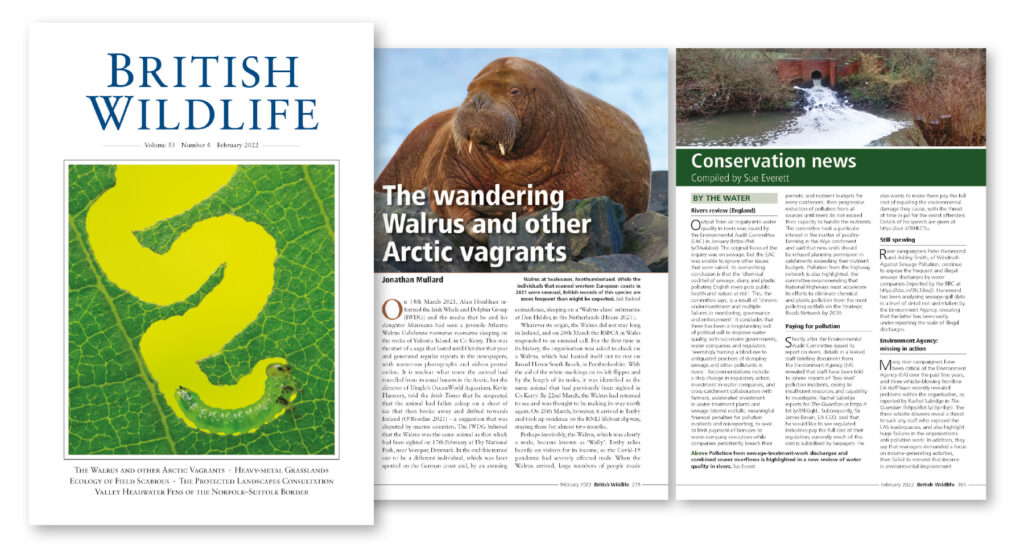
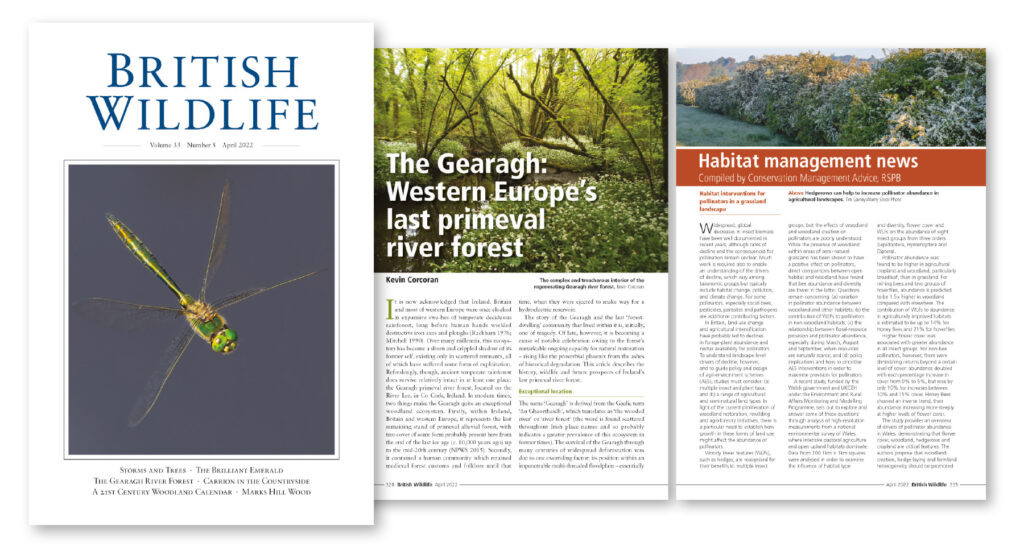
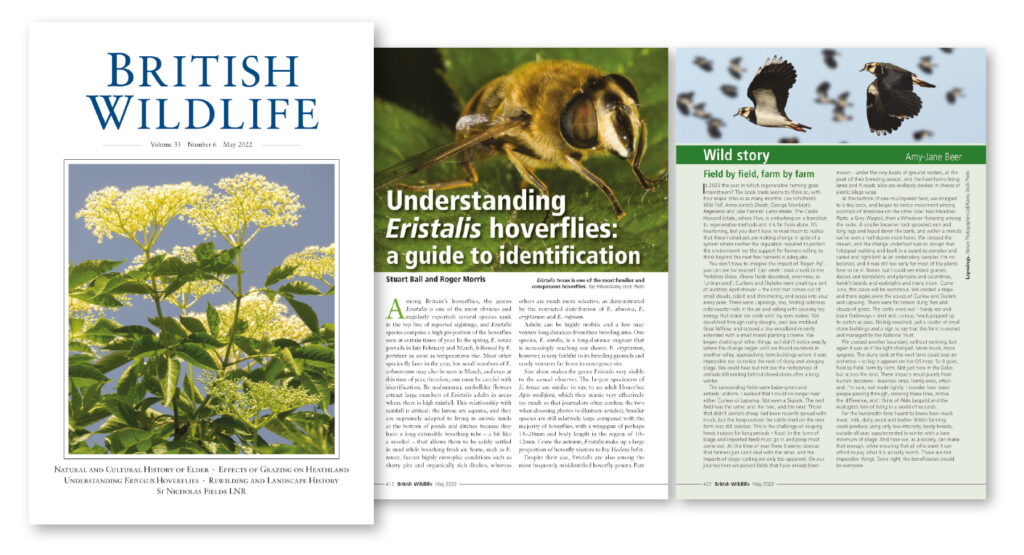


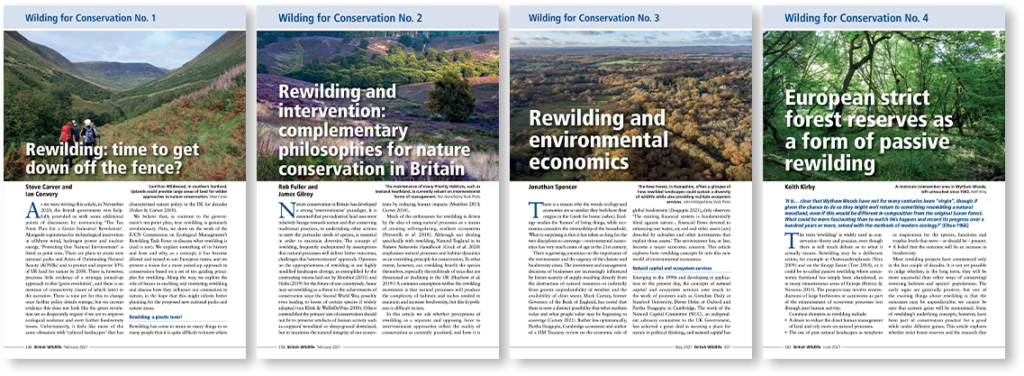
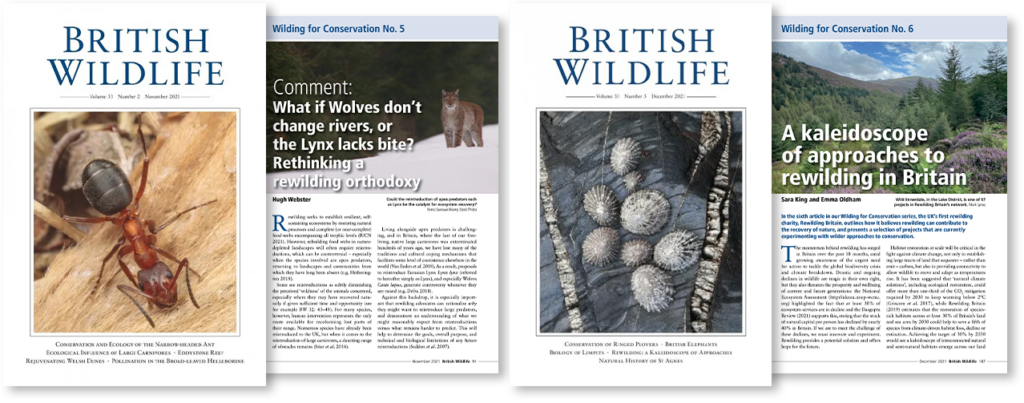
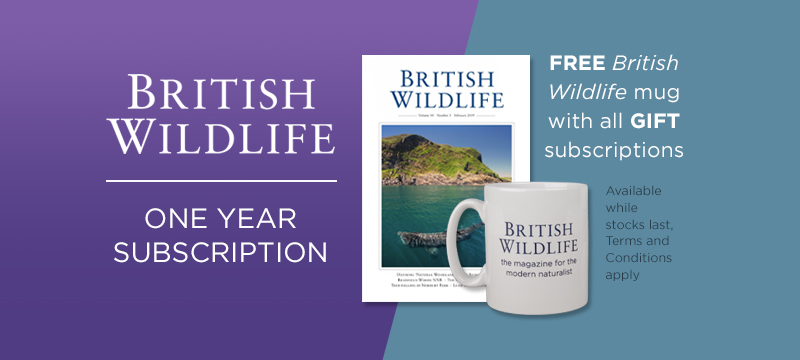

 “She walked and travelled through the farms and uplands of Britain and Ireland. She talked to people on both sides of the divide – sheep-farmers, salmonfishers, raven-tamers, writers, scientists, conservationists, gamekeepers. She watched her chosen predators in the field and noted how they ‘fit into the landscape’.”
“She walked and travelled through the farms and uplands of Britain and Ireland. She talked to people on both sides of the divide – sheep-farmers, salmonfishers, raven-tamers, writers, scientists, conservationists, gamekeepers. She watched her chosen predators in the field and noted how they ‘fit into the landscape’.”

















 “In Woodland Flowers Keith Kirby invites us to look at the ‘wood beneath the trees’ and to consider what its flora can tell us. The focus of this, the eighth volume of Bloomsbury’s British Wildlife Collection (which I have contributed to myself), is on the vascular plants of the woodland floor; to this end Kirby embraces ferns as honorary flowers, but for the most part he steps aside from considering other elements of woodland ecosystems (including the ‘lower’ plants, fungi and fauna).”
“In Woodland Flowers Keith Kirby invites us to look at the ‘wood beneath the trees’ and to consider what its flora can tell us. The focus of this, the eighth volume of Bloomsbury’s British Wildlife Collection (which I have contributed to myself), is on the vascular plants of the woodland floor; to this end Kirby embraces ferns as honorary flowers, but for the most part he steps aside from considering other elements of woodland ecosystems (including the ‘lower’ plants, fungi and fauna).” “This is Sheldrake’s first book, and, while his expertise means that the readers should feel that they are in safe hands from the off, in truth the experience is more like being whisked down a burrow by a white rabbit, or on a tour of Willy Wonka’s research facility: a trippy, astonishing, and completely exhilarating ride.”
“This is Sheldrake’s first book, and, while his expertise means that the readers should feel that they are in safe hands from the off, in truth the experience is more like being whisked down a burrow by a white rabbit, or on a tour of Willy Wonka’s research facility: a trippy, astonishing, and completely exhilarating ride.” “Part autecology, part monograph and part impassioned love poem to a species that has captured the author’s heart, the pages offer an enjoyable blend of the Purple Emperor’s recorded history, biology, ecology and conservation.”
“Part autecology, part monograph and part impassioned love poem to a species that has captured the author’s heart, the pages offer an enjoyable blend of the Purple Emperor’s recorded history, biology, ecology and conservation.” “But do we really need a field guide to habitats? Possibly not. I certainly will not be taking my copy into the field. Yet this perhaps misses the point. What this book does is remind the users of other field guides that their organisms of interest do not live in isolation – they are nothing without their habitats. So, make this book an essential companion to your species guides.”
“But do we really need a field guide to habitats? Possibly not. I certainly will not be taking my copy into the field. Yet this perhaps misses the point. What this book does is remind the users of other field guides that their organisms of interest do not live in isolation – they are nothing without their habitats. So, make this book an essential companion to your species guides.” “Anyone interested in identifying and studying beetles simply cannot afford to be without [these books] and any quibbles can only be minor. Andrew cannot be too highly commended for his diligence and hard work to make so much information available to all.”
“Anyone interested in identifying and studying beetles simply cannot afford to be without [these books] and any quibbles can only be minor. Andrew cannot be too highly commended for his diligence and hard work to make so much information available to all.” “This is the latest book to enter the now relatively crowded marketplace of bumblebee guides, which may leave one wondering what it can offer to the more seasoned hymenopterist – read on! The author’s intention is to provide a book at the ‘entry level’ of bee study, Owens stating from the outset that he ‘aims to provide an easily accessible introduction for those with little or no previous knowledge of bumblebees’.”
“This is the latest book to enter the now relatively crowded marketplace of bumblebee guides, which may leave one wondering what it can offer to the more seasoned hymenopterist – read on! The author’s intention is to provide a book at the ‘entry level’ of bee study, Owens stating from the outset that he ‘aims to provide an easily accessible introduction for those with little or no previous knowledge of bumblebees’.” “There is no better place from which to view the tragi-comic events which unfold, and no better person to describe it than Derek Gow, a man of action as well as a powerful Beaver advocate. This account is unexpected, oddball, and, despite its serious side, enormously entertaining.”
“There is no better place from which to view the tragi-comic events which unfold, and no better person to describe it than Derek Gow, a man of action as well as a powerful Beaver advocate. This account is unexpected, oddball, and, despite its serious side, enormously entertaining.” “He has written an ecological masterpiece, generous in its sympathies, awe-inspiring in its breadth of knowledge, and genuinely enticing in its journey around heathland Britain. This is a book that ought to influence policy.”
“He has written an ecological masterpiece, generous in its sympathies, awe-inspiring in its breadth of knowledge, and genuinely enticing in its journey around heathland Britain. This is a book that ought to influence policy.”